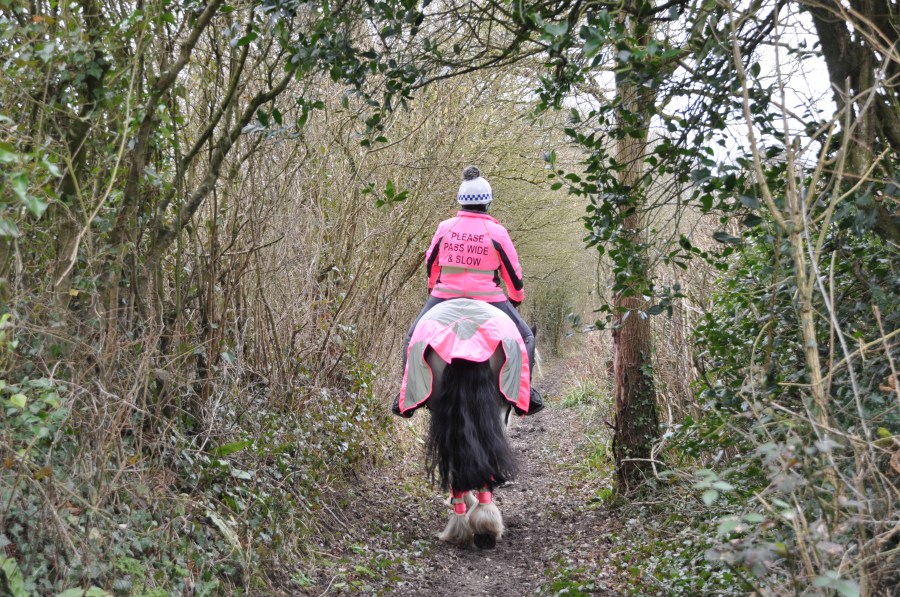In partnership with Equisafety
There’s nothing worse than plotting out a new route to try, or visiting an old one, only to find it blocked. Sometimes this can mean having to turn around and go back on yourself – which can excite some horses as they think they are heading home – or if it’s a particularly tight or narrow stretch, having to rein back. It’s frustrating, so what can you do about it?
What to do if your route is blocked
Bridleways and byways should be maintained to safe standards, so if you encounter any problems, it’s important to report them.
The local highway authority is responsible for the surface, and ensuring the way is clearly marked and available. Landholders are responsible for keeping public bridleways or byways free from obstructions and overhanging vegetation, and for making sure gates are safe to use.
If you have problems with accessibility on a bridleway or byway, you can report this to the relevant authority and your local BHS Access and Bridleways Officer. If possible, make a note of where the problem is, and if it is safe to do so, take photos to provide evidence.
“Any issues, including bridleways that have become overgrown and difficult to use, should be reported to the relevant council’s public rights of way department,” said a spokesperson from the BHS. “We’d also recommend contacting your local BHS Access and Bridleways Officer who may be able to help you liaise with the council or even organise a clearance party with the council’s permission to tackle the overgrowth.
“An offer to help clear a route is often appreciated as, with declining budgets, many councils don’t have the resources to do so.”
Top tips for trying new routes
There are a few ways that you can find new routes, but it’s also important to be prepared in case something goes wrong or you get lost.
- Download your route to your phone, or pack a paper map, so you can refer back to it if you get lost.
- Let someone from the yard, a family member or friend know that you’re heading out for a hack on a new route. Let them know roughly how long it should take, so they know when to expect you back. Many phones now let you share your live location, so consider doing this for an added element of safety.
- Pack your phone and make sure it’s fully charged, or bring a portable charger along. The last thing you want is to run out of power in the middle of nowhere.
- If you’re going to explore, make sure you have a rough idea of what you can and can’t access. Horse riders aren’t allowed to use footpaths or private land without permission, for example.
- If you know you are going to be out for a few hours or longer, pack snacks and some water to keep you going.
This content is brought to you in partnership with Equisafety, high viz clothing for horses and riders.








